Genetic differences among mahimahi captured in the Tropical Eastern Pacific Ocean have fishery management implications
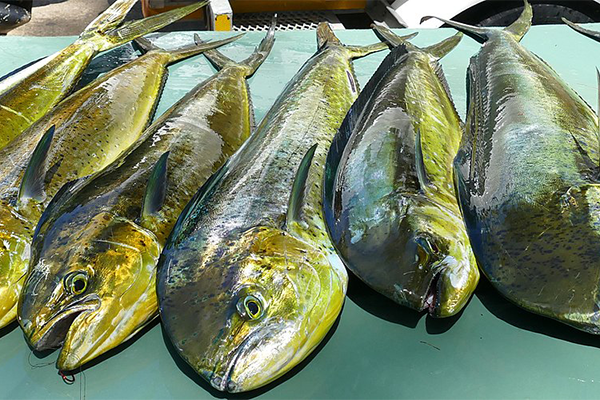
A new study has discovered at least three genetically different populations of mahimahi in the Tropical Eastern Pacific Ocean (TEP), suggesting that a “tailored and coordinated” fishery management plan is needed in the region.
The mahimahi (Coryphaena hippurus) is a highly migratory fishery resource inhabiting tropical and subtropical waters worldwide. In the TEP, it’s caught by artisanal fisheries using longlines and gillnets, as well as incidentally by industrial tuna purse-seine and longline fisheries. Between 2010 and 2021, Peru and Ecuador caught more than 56 percent of the global total.
Despite recent progress, there’s still a need for improved fisheries management to ensure the sustainability of mahimahi. However, uncertainty about the fish’s genetic makeup remains a hurdle, as it affects how it should be managed across borders.
To investigate this, researchers from Ecuador, Peru, Costa Rica and Mexico collected mahi-mahi samples from different areas in the TEP. The study, published in Frontiers in Marine Science, identified at least three genetic groups: one in the northern distribution zone of mahimahi; another in the southern zone; and a third in international waters (oceanic), mainly operated by the tuna fleet.
A greater gene flow connection was observed in tropical latitudes (Central America, Peru, and Ecuador), where the species is highly abundant for both juveniles and adult individuals. However, scientists found obstacles to gene flow between Mexico and Central America.
Atlantic bluefin tuna populations’ genetic links could affect fishery management strategies
The distribution range of these populations may expand or contract according to oceanographic conditions. As sea surface temperature increases, the location of mahimahi populations at distribution limits expands, while populations decrease as sea temperature decreases, causing expansion-contraction cycles that leave a genetic fingerprint on these populations.
Considering their distribution range is highly affected by environmental factors and fisheries, findings suggest that fisheries management plans should be created to protect mahimahi populations in the TEP. The scientists say that recognizing at least three genetic groups (oceanic, north and south) represents the first step toward implementing a comprehensive management and conservation plan for the species.
Now that you've reached the end of the article ...
… please consider supporting GSA’s mission to advance responsible seafood practices through education, advocacy and third-party assurances. The Advocate aims to document the evolution of responsible seafood practices and share the expansive knowledge of our vast network of contributors.
By becoming a Global Seafood Alliance member, you’re ensuring that all of the pre-competitive work we do through member benefits, resources and events can continue. Individual membership costs just $50 a year.
Not a GSA member? Join us.
Author
Tagged With
Related Posts
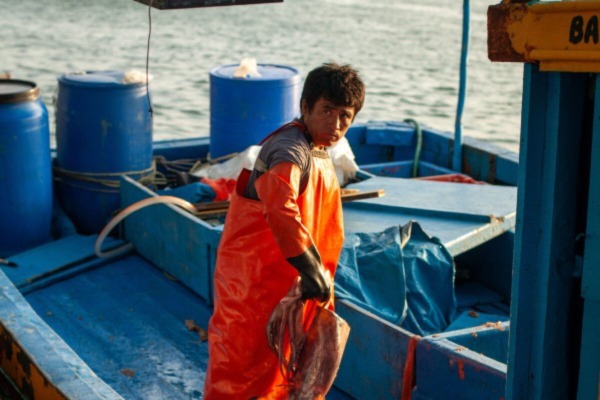
Fisheries
Study: Organizing artisanal fishers and processors improves fisheries management
Participation by traditionally excluded communities increases science-based fisheries management, a new study concludes.
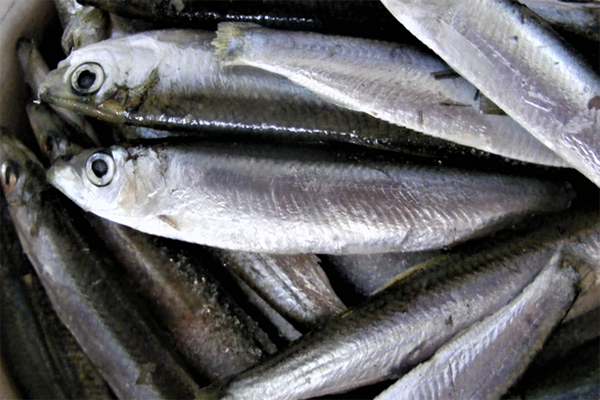
Responsibility
Coastal fisheries management and novel modeling
Coastal fisheries management that includes a spatially relevant set of abiotic and biotic factors is likely to improve sustainable fisheries programs.
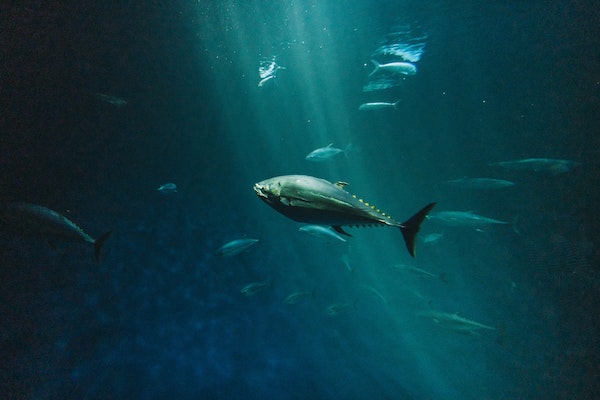
Fisheries
ICCAT adopts modernized fisheries management plan for Atlantic bluefin tuna
Regional fishery management organization adopts modernized fisheries management plan for Atlantic bluefin tuna that could help replenish fish stocks.
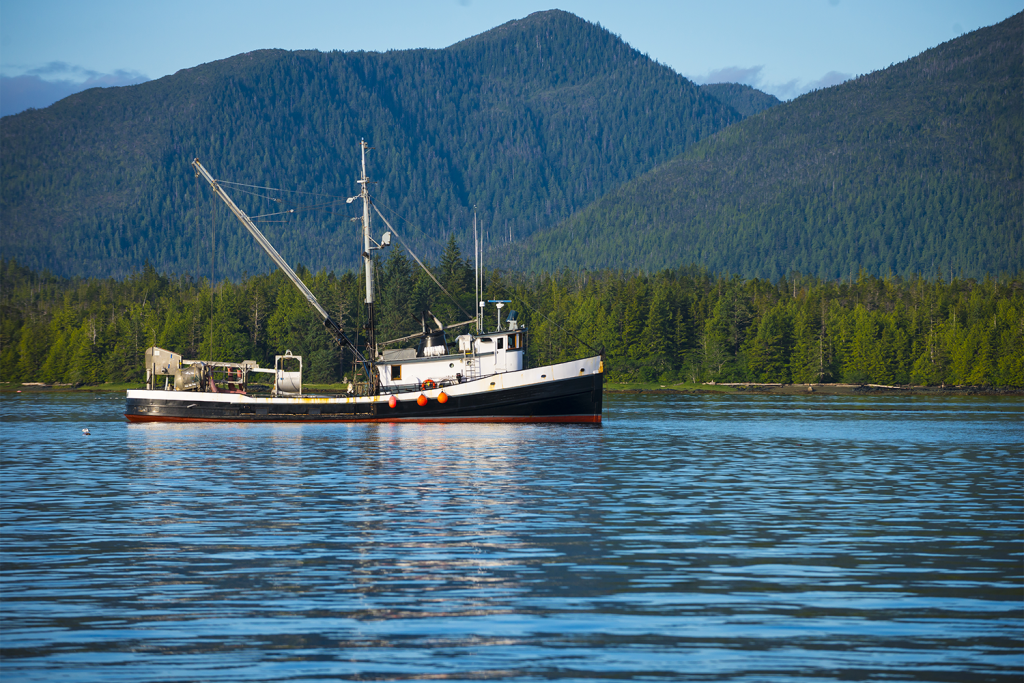
Fisheries
Fisheries in Focus: What is the Fisheries Management Index and what does it say about U.S. fisheries?
To properly evaluate a fishery management system, we need a measure of the management regime as a whole: Enter the Fisheries Management Index (FMI).



